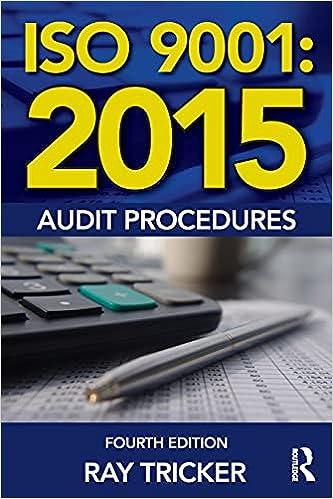Tax Research Provide a statement or advice letter addressed to client analyzing the question presented through relevant: 1) Code section. 2) IRC regulation, 3) a case on point (with similar facts as In your question. NJ or Federal), and 4 a recent article. Your response should be well organized and neally presented. Make sure your answer includes the following: 1. Clearly identily your topic and what it is you would like to learn; 2. provide a copy of the code section(s) applicable to your question 3. Indicale how you leamed which section applies, 4. provide a copy of an explanalory regulation (which includes an example of your problem); 5. provide a copy of a case which deals with your topic (NJ or Federal); 6. provide a copy of a recent article which deals with your topic (within the last 10 years); and 7. explain which on-line or other resources you used to locale each of the above (code section regulation, case and article), and provide information on how you navigated through these resources. Question Presented: Shelly is the president and the sole shareholder of Kane Corporation, stock basis $400,000). Incorporated in 2005, Kane's sole business has consisted of purchase and resale of used medical equipment. In December 2015, Kane transferred its entire inventory, basis of 1.2M to Shelly in a transaction described by the parties as a sale. According to Shelly and collaborated by the minutes of the board of directors, the Inventory was sold to her for $2 million, its fair market value. The terms of the sale provided that Shelly would pay Kane $2 million at some future date. The debt obligation was not evidenced by a promissory note and to date, Shelly has made no payments, principle or interest, on the obligation. The inventory transfer was not reported on Kane's 2015 tax return, either as a or a distribution. After the transfer of the inventory to Shelly, Kane Corporation had no remaining assets and ceased to conduct any business. Kane did not formally liquidate under state law. IRS audited Kane's 2015 tax return and assessed the following: 1. Transfer of inventory constituted taxable liquidation distribution in the amount of $800,000 (2M - 1.2M) 2. IRS asserted entire tax liability of $800,000 against Shelly based on transferee liability 3. IRS assessed tax due from Shelly for her gain recognized in the purported liquidating distribution Shelly contacted you regarding IRS's determination. Prepare a memo documenting your research. What are the tax consequences to Kane? To Shelly? Tax Research Provide a statement or advice letter addressed to client analyzing the question presented through relevant: 1) Code section. 2) IRC regulation, 3) a case on point (with similar facts as In your question. NJ or Federal), and 4 a recent article. Your response should be well organized and neally presented. Make sure your answer includes the following: 1. Clearly identily your topic and what it is you would like to learn; 2. provide a copy of the code section(s) applicable to your question 3. Indicale how you leamed which section applies, 4. provide a copy of an explanalory regulation (which includes an example of your problem); 5. provide a copy of a case which deals with your topic (NJ or Federal); 6. provide a copy of a recent article which deals with your topic (within the last 10 years); and 7. explain which on-line or other resources you used to locale each of the above (code section regulation, case and article), and provide information on how you navigated through these resources. Question Presented: Shelly is the president and the sole shareholder of Kane Corporation, stock basis $400,000). Incorporated in 2005, Kane's sole business has consisted of purchase and resale of used medical equipment. In December 2015, Kane transferred its entire inventory, basis of 1.2M to Shelly in a transaction described by the parties as a sale. According to Shelly and collaborated by the minutes of the board of directors, the Inventory was sold to her for $2 million, its fair market value. The terms of the sale provided that Shelly would pay Kane $2 million at some future date. The debt obligation was not evidenced by a promissory note and to date, Shelly has made no payments, principle or interest, on the obligation. The inventory transfer was not reported on Kane's 2015 tax return, either as a or a distribution. After the transfer of the inventory to Shelly, Kane Corporation had no remaining assets and ceased to conduct any business. Kane did not formally liquidate under state law. IRS audited Kane's 2015 tax return and assessed the following: 1. Transfer of inventory constituted taxable liquidation distribution in the amount of $800,000 (2M - 1.2M) 2. IRS asserted entire tax liability of $800,000 against Shelly based on transferee liability 3. IRS assessed tax due from Shelly for her gain recognized in the purported liquidating distribution Shelly contacted you regarding IRS's determination. Prepare a memo documenting your research. What are the tax consequences to Kane? To Shelly







